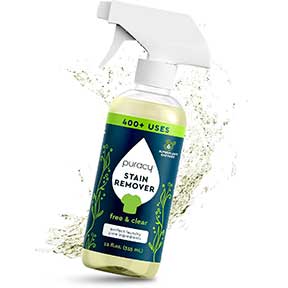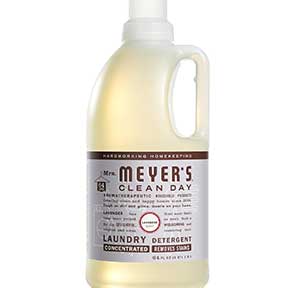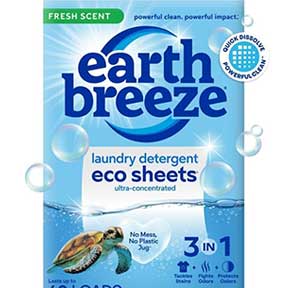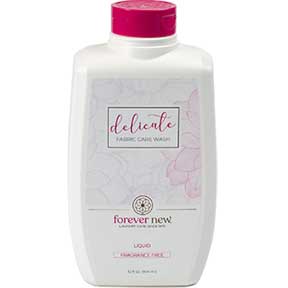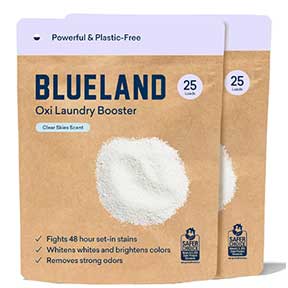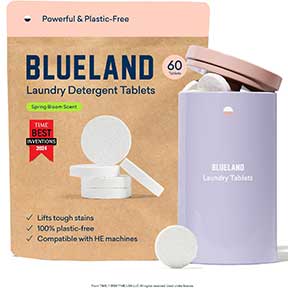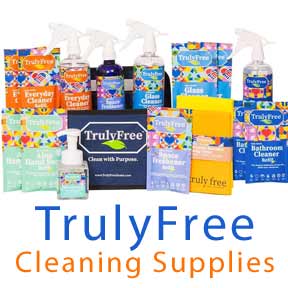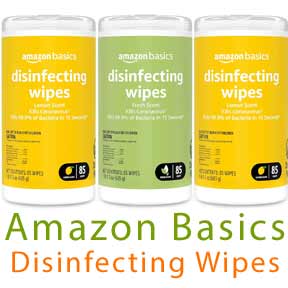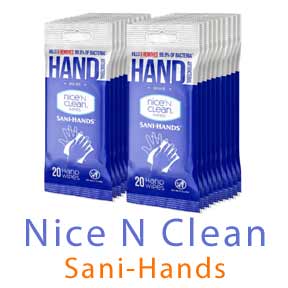Removing Stains from Clothes

How to Remove Stains from Clothing.
Clothing Stain Removal Tips
Stains happen and it seems when doing laundry one of the biggest concerns we have is removing stains from clothes. You might think the only way to successfully remove clothing stains is to run out and buy a commercial product. Although they can work, most stains can easily be removed from clothing with things in your cupboard such as hydrogen peroxide, vinegar and detergent.
Here are some tips to help you remove stains from clothing.
Tips for Removing Stains
- Blot and treat the stain as soon as it happens, if possible.
- Always test the stain removal product on a hidden area first for color fastness.
- Work from the back of the stain.
- Be gentle and avoid rubbing too hard, which could damage some clothing items and further push the stain around.
- Always use cold or warm water. Hot water will set the stain making it more difficult to remove.
- Air dry clothing until you are certain the stain has been removed. Then you can put it in the dryer.
- Silk, spandex and wool should never be bleached.
- Always check the clothing manufacturer’s instructions and follow their directions for washing.
- Do not iron the stained clothing until you are certain the stain is gone; heat will set the stain.
- Follow the stain removal process until the stain is completely removed. Wash items thoroughly after treating stains to remove stain remover residue.
Getting Rid of Greasy Oily Butter Stains
Greasy, oily butter stains can be hard stains to remove but not impossible.
- Use a grease fighting liquid detergent such as Tide Ultra or Dawn dish soap.
- Apply it to the butter stain and gently rub it into the stain with your fingers. Let sit for 5 to 10 minutes.
- Rinse then air dry a bit to see if the stain has been removed. If necessary, repeat the process.
- Launder as usual.
How to Remove Ketchup and Mustard Stains
These condiments are great on hamburgers and hot dogs but not so great on our clothing. You’ll need to act quickly, before the stain sets in.
- First remove any excess ketchup or mustard by scraping it off with a butter knife or blot up as much as possible with napkins or paper towels.
- Rinse or sponge the stain with cold or cool water.
- Place a towel or paper towel under the stained area so it doesn’t transfer to a clean part of the clothing. Using your fingertip or clean toothbrush, gently work in a liquid detergent (OxiClean/Tide Ultra/Persil) into the stain and let sit about 10 minutes.
- Rinse thoroughly with cold or cool water. Repeat if necessary.
- Apply a laundry stain remover if there is still a light stain left. For whites and colorfast clothing try 3 percent hydrogen peroxide or white vinegar (use only one at a time). Cover with a clean white towel and let sit a few minutes.
- Wash and let the clothing air dry to make sure the stain is gone before drying.
Wool and silk may react differently to some treatments so read the label.
Removing Gum from Clothes
First remove as much of the gum as possible. Then, depending on how much is left on the clothing; you can either rub it with an ice cube or put the item in the freezer. When hard enough carefully use the edge of a butter knife or credit card to lift gum from item.
If there is any gum left, use a dry cleaning solvent to remove any residue that remains, wash as usual and prior to putting in dryer make sure all gum is gone.
Removing Chocolate Stains from Clothes
Chocolate is great, until you need to clean and remove it off of your kid’s clothes.
- Scrape or blot up as much of the chocolate as you can.
- Flush the stain with cold water (working from the back of the stain).
- With your fingers, gently rub liquid laundry detergent or dish soap to the area with your fingers and let it sit for 5 minutes.
- Rinse and repeat if necessary.
- Wash as usual.
Removing Ink Stains from Clothing
Ink stains happen, especially when you’re at work. If this happens to you, follow these steps:
- Someone in the office is sure to have hand sanitizer with them. Get that and rub a little into the stain to keep it from spreading. Start by working just outside the ink stain and work in towards the stain.
- Blot the stain with paper towel, repeating the process as necessary.
- Gently rub in hand soap with your fingers then rinse with cold water.
- When you can, wash as usual and only put in the dryer if the stain is gone.
- After washing if you notice there is still a hint of ink left and the item is white try using hydrogen peroxide as mentioned above.
Getting Pencil Lead Out of Clothes
Pencil lead comes out easily with a pretreatment of straight laundry detergent. Massage the detergent in with your fingertips. Wash as usual in cold water.
With the right tools, that you may already have at hand, you can remove almost stains from your clothes.
Related Articles
Clothing and Laundry
